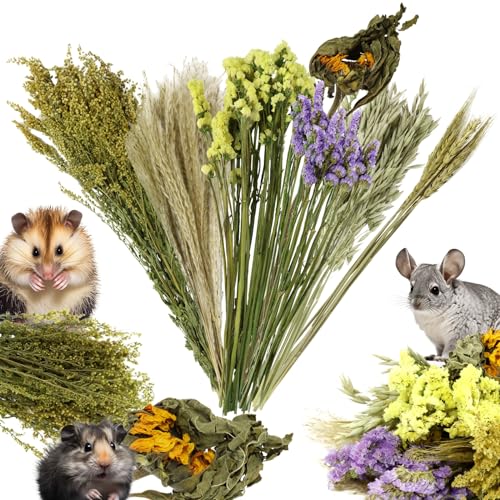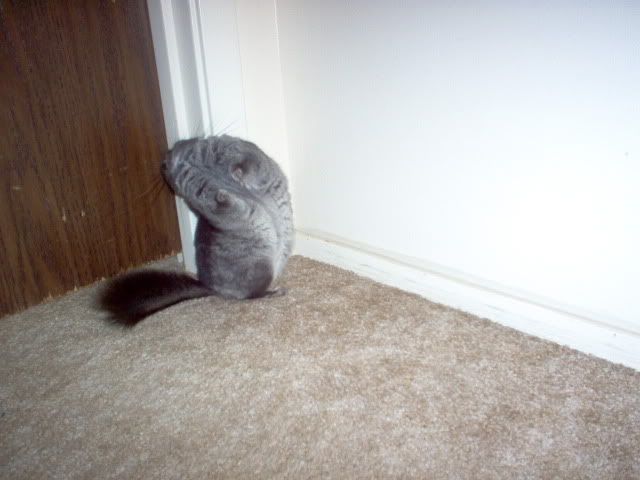6Dusters
Well-known member
I have a nice BV female that was sold with ticking on her belly. The people who originally bought her were breeding her with ebony. And the seller (a top breeder) recomended that purchase to them.
My question is this. If I take the BV female to a super clean standard will she throw an off color belly to all/some/or none of her offspring? I do realize that each litter will be different. Perhaps I've already answered my question.
I like this female but I don't have any eb males.
Are any of you working with BV and eb lines pairings? If so do you have a market for the offspring?
Thanks,
Alex
My question is this. If I take the BV female to a super clean standard will she throw an off color belly to all/some/or none of her offspring? I do realize that each litter will be different. Perhaps I've already answered my question.
I like this female but I don't have any eb males.
Are any of you working with BV and eb lines pairings? If so do you have a market for the offspring?
Thanks,
Alex






















































